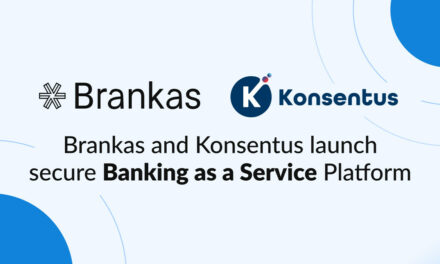Open banking is the use of application programming interfaces (APIs) to streamline the sharing of customer bank data with third parties. It “opens up banks” in the sense that it enables customers to have greater control and ownership over their personal information used by financial institutions. In theory, an optimal open banking system would be bespoke, allowing customers to select the services from different financial institutions they liked best, in contrast to the traditional one-size fits all model that remains dominant today.
Globally, the open banking market, consisting of sales of open banking services by entities (organizations, sole traders, and partnerships), is expected to grow from US$15.13 billion in 2021 to US$123.70 billion by 2031, expanding at a CAGR of 23.4% from 2021 to 2031, according to a recent report by Allied Market Research. The Far East region and China (China is defined as a separate market) is forecast to be the second largest market for open banking after Europe.
Across the Asia-Pacific region, open banking is being adopted widely, but approaches different countries and regions are taking vary considerably. They may be market led, regulator led or a hybrid that blends aspects of both.
Light-touch and hybrid approaches
Southeast Asia was one of the last regions to embrace open and its adoption in Southeast Asian countries is very much market led. Here, the core driver has been demand from customers, which has led to an increasing number of banks becoming API-ready.
Though regulators in Southeast Asia have generally not mandated banks to implement open banking, the Monetary Authority of Singapore (MAS) has nonetheless played an important role in the city-state’s open banking process. In 2016, the MAS became the first regulatory body in Asia Pacific to publish guidelines on open banking and to outline a plan for banking data to be made available through open APIs. The MAS also operates the Financial Industry API register, which tracks open APIs in the country’s financial industry by functional categories.
Source: forbes.com


























